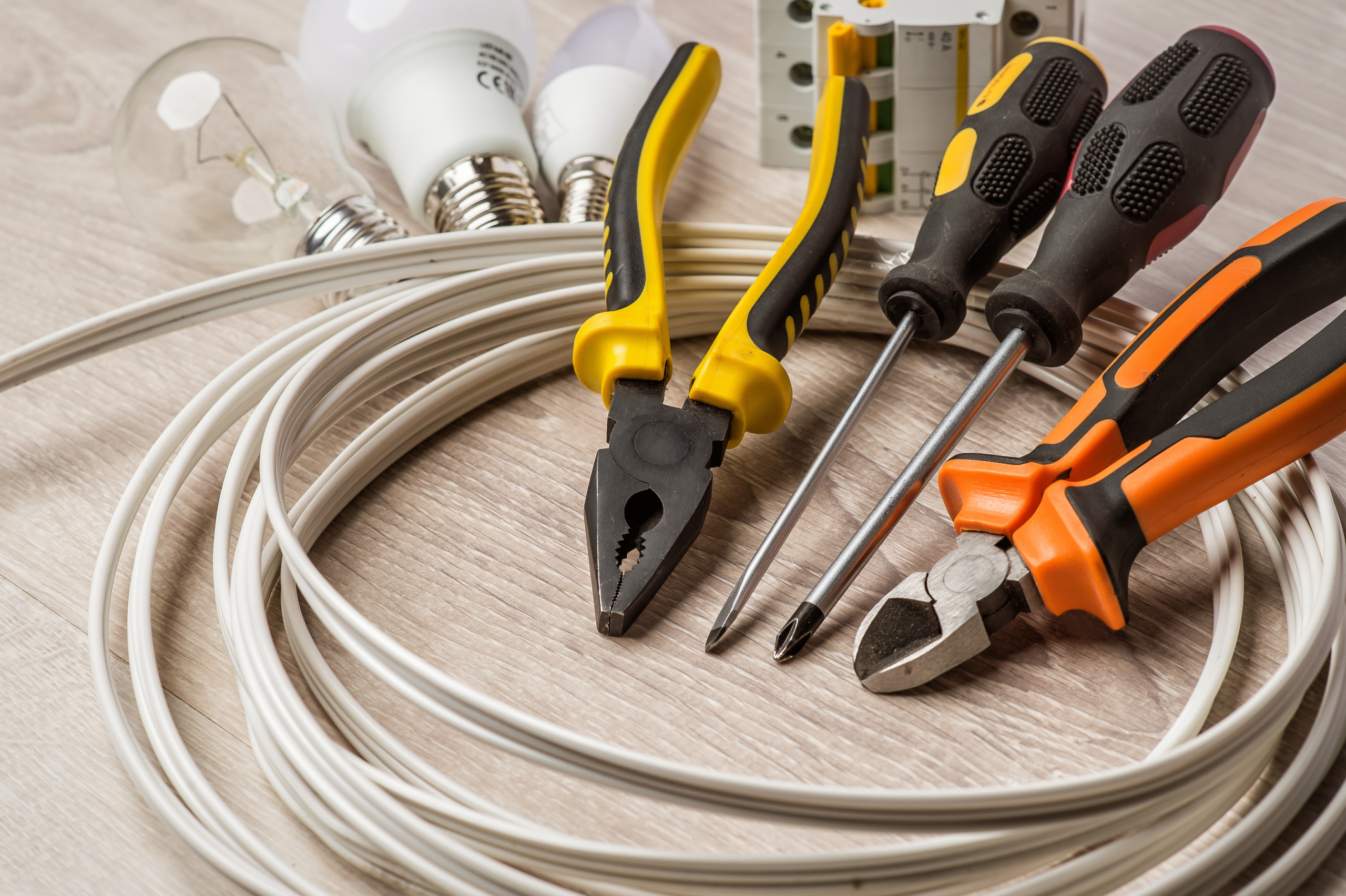The Ultimate Overview to Electric Installment: Tips and Methods for a Safe and Reliable Home Electrical Wiring System
In the world of home upkeep, couple of facets are as essential yet typically neglected as the electrical wiring system. By exploring the nuances of electric safety and security actions and energy-saving techniques, this thorough guide will certainly shed light on the ins and outs of home electrical wiring, equipping people to take cost of their home's electrical infrastructure.
Recognizing Electric Precaution
To make sure the safety of both individuals and property, understanding and implementing appropriate electrical safety and security actions is vital in any home wiring task. Electrical energy is a powerful pressure that can be harmful if not managed with caution. Among the fundamental security actions is ensuring that all electric work is executed by certified professionals that comply with local building regulations and laws. It is crucial to perform a complete evaluation of the electric system before starting any circuitry job to recognize potential risks or issues that need to be resolved.
In addition, using the suitable tools and devices is essential for preserving safety and security throughout electric installments. Shielded gloves, voltage testers, and safety eyewear are a few of the fundamental security gear that need to be put on to stop electrical shocks or accidents. It is also crucial to de-energize circuits prior to dealing with them and to classify all circuits and breakers plainly to stay clear of complication.

Essential Devices for Home Circuitry
Guaranteeing the appropriate application of electrical safety procedures in home circuitry tasks entails utilizing a specific set of necessary devices made to promote the installation procedure efficiently and safely. Some of the key tools needed for home wiring projects include a voltage tester for checking live wires, wire strippers for removing insulation from cables, a cable cutter for exactly cutting cables to length, a screwdriver set for protecting electrical elements, electrical tape for insulation and securing links, a wire ripper for stripping cable sheathing, and a multimeter for measuring voltage, current, and resistance.
Step-by-Step Electric Setup Guide
Starting an electrical installation task calls for careful planning and adherence to security guidelines. Prior to starting any type of job, ensure you have an in-depth plan describing the layout of the electric system, consisting of the positioning of electrical outlets, switches, and fixtures. Take into consideration the power demands of each device to identify the proper wire scale and circuit breaker sizes.
The initial action in the setup process is to turn off the power supply to the area where you will certainly be working. Make use of a voltage tester to verify that the circuits are de-energized before touching any type of wires. Next off, thoroughly remove existing components or outlets and separate the cables.
When setting up brand-new wiring, run wires through walls and ceilings, safeguarding them in position with appropriate fittings. Comply with neighborhood building regulations and manufacturer guidelines for proper cable installment and links. BRE Electrical Solutions. Ensure to identify cords for easy identification and future upkeep

Troubleshooting Common Circuitry Issues
Having actually completed the installation procedure as outlined in the previous subtopic, troubleshooting common circuitry concerns is an essential ability for making certain the safety and security and performance of your electric hop over to here system. One typical problem is a tripped breaker, usually brought on by overloaded circuits or a short circuit. To troubleshoot this, locate the breaker panel, recognize the stumbled breaker by searching for the one not fully in the "on" placement, and reset it by flipping it completely to "off" and then back to "on." An additional common problem is a damaged electrical outlet, defined by no power or periodic power supply. Make sure the outlet is not regulated by a switch, after that utilize a voltage tester to look for power. If there is no power, shut off the circuit, check the circuitry connections for any kind of loose or broken cables, and change the outlet if essential. Constantly flickering lights can indicate loosened electrical wiring links or an overloaded circuit. To address this, check and tighten up all wire links in the affected components and switches and rearrange the load on the circuit to balance the electric demand. Frequently inspecting and promptly attending to these common electrical wiring concerns will keep the safety and effectiveness of your home electric system.
Tips for Energy-Efficient Electrical Solutions
For ideal power performance in electrical systems, carrying out clever techniques and making use of energy-saving modern technologies is paramount. One crucial pointer for attaining an energy-efficient electric system is to update to LED illumination. LED light bulbs take in considerably less energy than conventional incandescent bulbs and have a longer lifespan, making them an affordable selection over time. In addition, mounting programmable thermostats can aid manage home heating and cooling systems, lowering power waste when nobody is home. Another approach is to spend in energy-efficient appliances that are ENERGY STAR licensed, guaranteeing they satisfy high standards for power efficiency. Proper insulation and sealing of home windows, doors, and electric outlets can also protect against power loss, eventually decreasing the workload on site electric systems. find out this here Finally, consider including renewable power resources like solar panels to more reduction reliance on typical power grids. By integrating these energy-efficient suggestions and modern technologies, house owners can not only conserve cash on their electrical energy bills yet also lower their environmental influence.
Final Thought
Finally, carrying out proper security actions, using necessary devices, adhering to a step-by-step setup overview, repairing common issues, and integrating energy-efficient pointers are critical for a safe and effective home electrical wiring system. By sticking to these techniques, home owners can guarantee the durability and performance of their electric installments. It is vital to prioritize safety and efficiency when it concerns electrical operate in order to avoid prospective risks and to keep a reliable electrical system in the home.